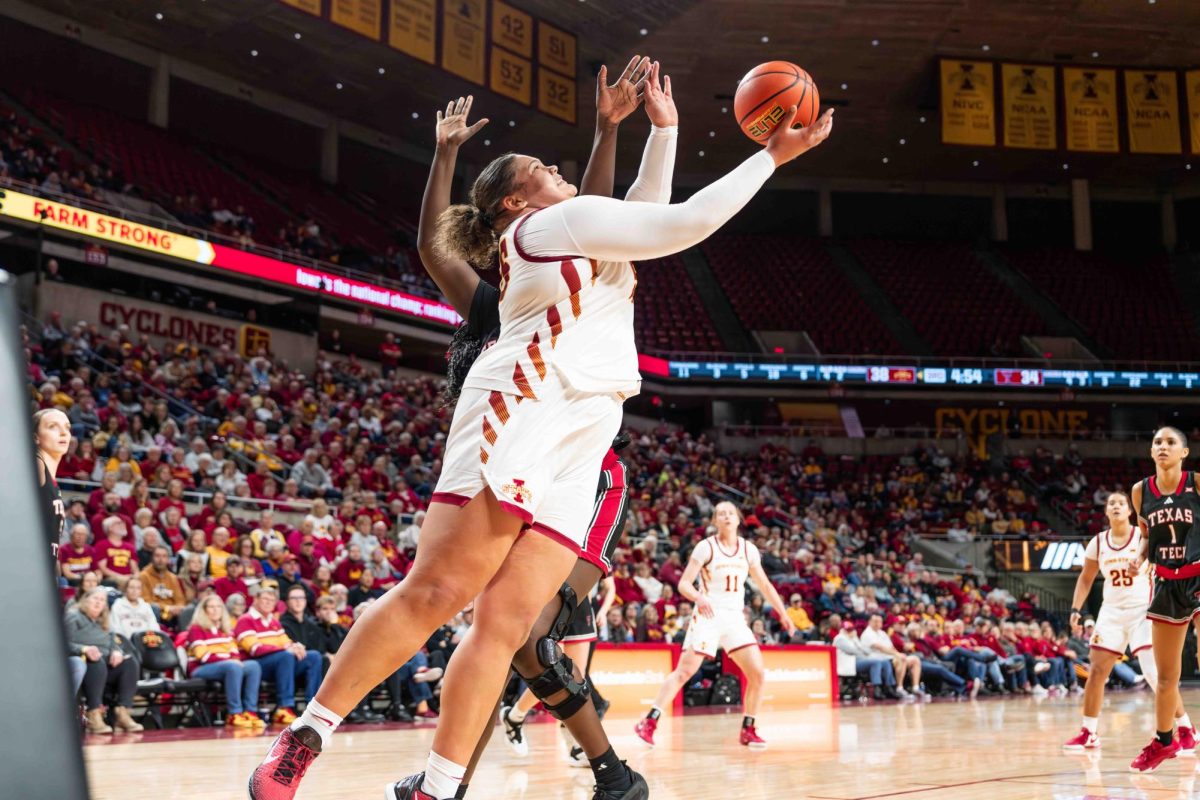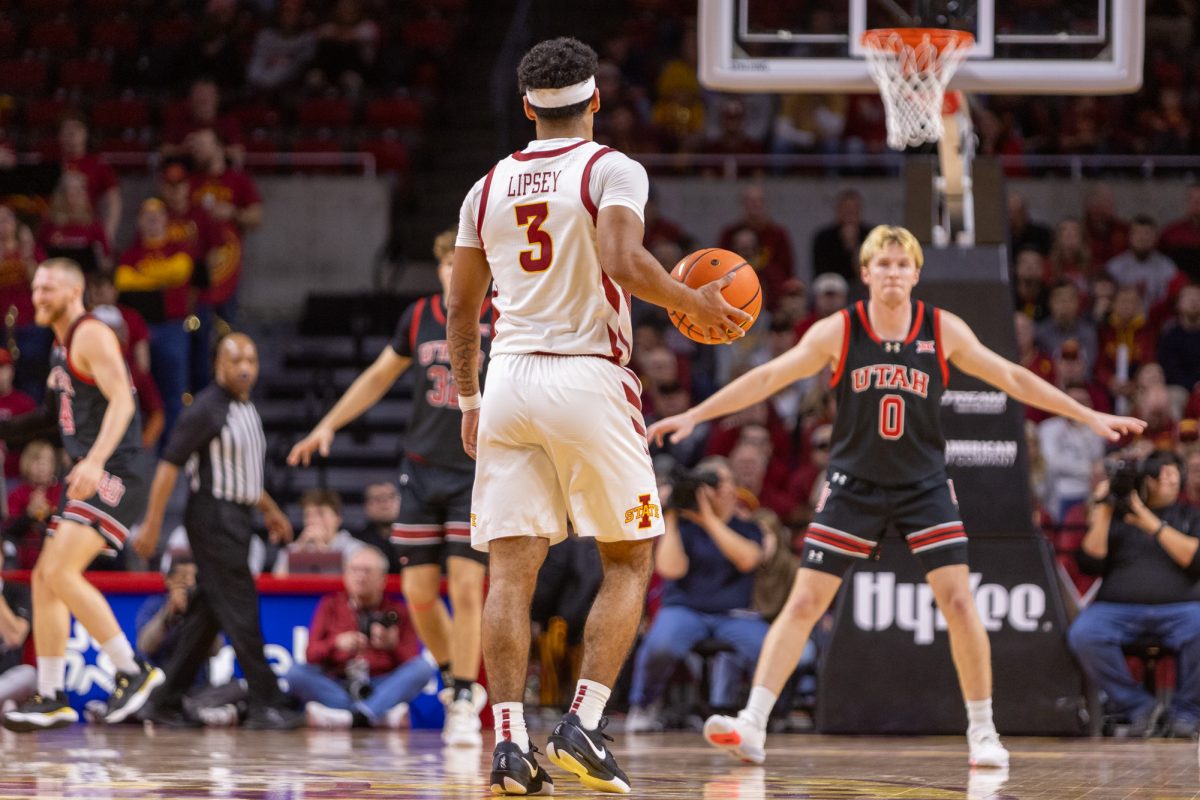Coffee quick facts
September 7, 2006
Coffee roasts or blends
The taste of coffee reflects several elements, including the type of bean, the soil the beans were grown in and the weather of the area, and the skill of the farmer and that of the roaster – and that’s all before it even gets into the coffee machine. Another major factor is the brewing process. For example, when left on a heating plate, coffee’s flavor deteriorates quickly. Different coffee shops employ different methods to counter this. At home, putting the freshly-brewed coffee in a thermal carafe can help preserve the flavor.
Core coffee terms:
Latte: Specialty drink made with some espresso, a generous portion of steamed milk and some froth (usually with a flavor).
Cappuccino: Like a latte, the classic version is made of espresso, steamed milk and froth, with three equal parts of each component. Many Americanized versions come in 16-ounce sizes. Stomping Grounds’s Reed said if those were equally proportioned, the espresso would be much more of a kick than Americans are probably used to.
Mocha (or cafe mocha): Exactly like a latte, but chocolate is added, either in syrup or cocoa powder form. A “mocha latte,” though, doesn’t exist. If you want a chocolate latte, you mean a mocha.
Espresso: The intensely-flavored coffee that comes in “shots,” roasted very dark and made of very fine grounds.
Inside-of-the-cup comparisons
Light brews: Roasted for less time, the original flavor of the bean more pronounced.
vs.
Dark brews: Roasted for more time, a “roast flavor” begins to eclipse the bean flavor. Usually considered in the middle is the “full city roast.”
Arabica beans: Beans used for high-end coffees and in coffee houses.
vs.
Robusta beans: The predominant bean used in vending machine coffee and low-end brands such as Folgers.
Caffeinated coffee vs. decaffeinated coffee:
The health benefits or dangers of both have long been debated. For more information, see www.cosic.org






